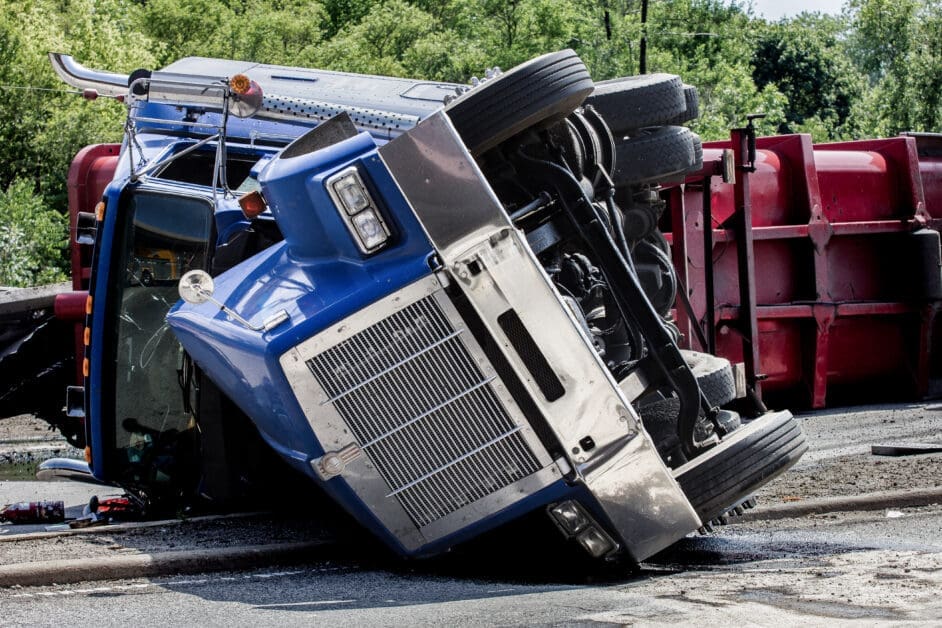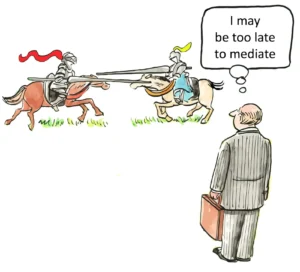Florida Truck Accident Laws Are Tough on Victims: What You Need to Know in 2025
In 2023, Florida recorded more than 35,700 crashes involving medium and heavy trucks, resulting in 341 fatalities and many serious injuries. That same year, House Bill 837 introduced a major change in how fault is determined. Under this new system, if a victim is found more than 50 percent at fault, they are no longer eligible for compensation.
At the federal level, regulations are also evolving. Looking ahead to 2025, the FMCSA has proposed removing the requirement for drivers to carry a printed ELD manual in the cab. This guide reviews the latest crash statistics, explains Florida’s updated fault laws, and outlines key strategies to help victims present strong, well-documented claims.
Truck Accident Stats in Florida: What You Need to Know
Florida is consistently one of the top three states with the most truck crashes. The numbers peaked in 2023, and although early reports suggest a slight decline in 2024 and 2025, the totals remain high and continue to rise as more data becomes available.
Quick facts:
- 2023 (final):
- 9,077 crashes.
- 341 deaths.
- 4,516 injuries.
- Over 35,700 large trucks are involved.
- 2024 (preliminary):
- 8,398 crashes.
- 103 deaths reported so far.
- 4,188 injuries.
- 2025 (as of June):
- 5,200 crashes.
- 177 deaths.
- 2,517 injuries.
What it means:
- Florida roads, bustling routes like I-75 and I-95, remain hazardous for truck crashes.
- Even with a slight drop in crashes, the injury and fatality rates stay high.
- Most experts expect 2024 and 2025 numbers to increase as more cases are reported.
Truck crashes in Florida remain a serious problem, and the risk is real, especially when it comes to serious injury or loss of life.
Florida’s New Fault Rule Raises the Stakes for Injury Victims
Since March 2023, Florida no longer follows the pure comparative fault rule it had relied on for decades. Thanks to HB 837, the state now applies a modified comparative fault system, and the change has real consequences for victims of truck crashes and other negligence cases.
Here’s what it means: if you’re found to be 51 percent or more at fault, you’re automatically barred from recovering compensation. Even if the trucking company or another driver shares blame, your case won’t move forward if your share crosses that threshold. This applies to most negligence cases filed after March 24, 2023. Medical malpractice claims are the one notable exception; they still follow the older, more forgiving standard.
There’s more. The new law also shortens the statute of limitations for negligence lawsuits from four years to just two, meaning victims have far less time to prepare and file a claim. That’s not a lot of time when you’re dealing with injuries, lost wages, and a legal system that moves slowly.
Insurers also get added protections. HB 837 gives them a 90-day “safe harbor” window to offer settlements or tender policy limits. If multiple people are making claims against the same policy, the insurer can opt for interpleader or arbitration, but only when the claims exceed the coverage limits.
In the courtroom, fault must now be divided 100 percent among all parties involved, including the plaintiff. If a jury decides that the victim carries more than 50 percent of the blame, that’s the end of the case, regardless of how many other parties may have contributed.
This marks a major doctrinal shift. Florida’s pure comparative fault system, established in Hoffman v. Jones (1973), gave injured parties a chance to recover something, even if they were mostly at fault. That’s no longer the case.
In this new legal environment, truck crash victims can’t afford to make mistakes. Building a strong case with solid evidence is more important than ever. Showing that the trucking company, driver, or carrier holds the majority of the blame is now essential to getting any compensation at all.
FMCSA Regulations and Their Application in Florida
If you’re hit by a truck in Florida, federal safety rules can help prove the trucking company was at fault.
Here’s the short version:
- Driving logs must be saved (even if paper manuals go away).
- Truck speed limits won’t change; a proposed cap was dropped.
- Drivers who fail drug tests must lose their license. If they keep driving, the company is responsible.
- Drivers can’t go over 11 hours a day; breaking this shows fatigue.
- Florida now does more inspections to catch rule-breaking.
- Hair drug tests may come later, not required yet.
If the trucker or company broke any of these rules, it makes it easier to prove they were to blame and get full compensation. Just make sure the evidence is saved fast.
Florida’s Rules on Evidence Preservation
Save critical evidence within 48 hours, or risk losing your claim
- Request immediately:
- Electronic Logging Device (ELD) data
- Event Data Recorder (“black box”) download
- Maintenance logs
- Accident register
- Why the rush: ELD files can be overwritten in days; if important records vanish, Florida courts may assume the carrier is at fault.
- How to do it: Send a preservation letter in the first 24–48 hours, and seek a court order if the carrier refuses to cooperate.
For a detailed checklist, consult the preservation manual that every truck accident attorney should follow.
The Role of Legal Counsel in Multi-Party Truck Litigation
Truck crashes rarely involve a simple “driver vs. victim” dispute. Typically, multiple defendants, including carriers, loaders, mechanics, manufacturers, and insurers, attempt to shift blame and push the plaintiff over the 50% threshold. In this landscape, specialized legal representation is vital for four key reasons:
- Keep fault below 50%: The new modified comparative fault rule bars any recovery at 50% or above. Experienced attorneys know how to allocate fault among defendants and counter insurer strategies. Orlando truck accident lawyers at Louis Berk Law note that, under Florida’s updated comparative fault rules, even a small percentage of blame assigned to the victim can drastically reduce compensation. They recommend that victims of serious truck crashes seek early legal guidance to preserve evidence and build a strong liability case.
- Manage deadlines and insurer tactics: HB 837 shortens the statute of limitations to two years and allows insurers to limit exposure via interpleader. Only early legal intervention can overcome these hurdles.
- Protect fleeting electronic evidence: ELDs and black boxes may be overwritten within weeks. Carriers often exploit this unless preservation letters are sent immediately.
- Leverage federal violations: Under Clearinghouse II, Florida must downgrade CDLs for drivers with substance issues. Driving while “prohibited” strengthens negligent entrustment claims.
In Florida, Winning a Truck Accident Case Requires Speed, Skill, and Strategy
Florida continues to rank among the most dangerous states for truck accidents, and the legal road just got tougher. With the passage of HB 837, victims now face a higher burden: if you’re found more than 50% at fault, your case is over. Add to that a sharply reduced window to file a claim, and there’s no room for hesitation.
The legal terrain is complex. Federal regulations around trucking are constantly evolving, from revised hours-of-service rules to the latest FMCSA Clearinghouse updates, and they all shape how these cases play out. Critical evidence like black box data, ELD logs, and safety ratings can disappear in a matter of weeks. That makes early action more than just smart; it’s essential.
Truck crashes often involve multiple parties and stacked insurance layers. To stand a real chance at holding the right people accountable and keeping your fault under that critical 50% mark, you need legal representation that knows how to act fast, dig deep, and build a case rooted in technical and regulatory precision.


















